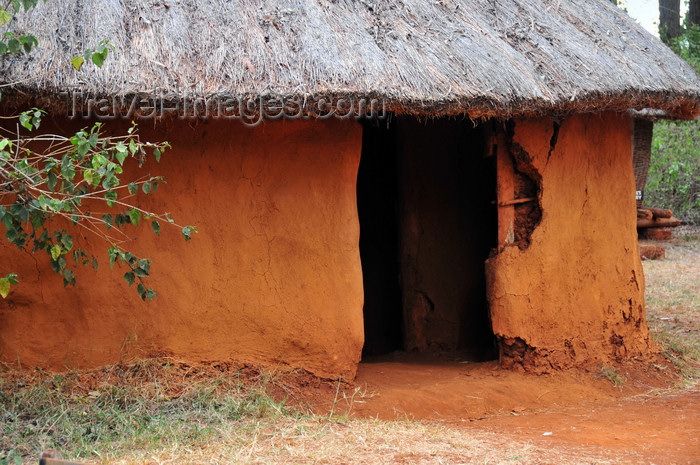
Image credit: Travel Images
History records the Akamba as one of the long-distance traders in East Africa. It is assumed that migration had a role to play in their need to trek lengthy distances, but it is the Akamba who were responsible for the movement of items such as brass, copper, glass, iron and Merikani Cloth into the hinterland from Mombasa.
When they weren’t trekking or trading, the Akamba relied on farming and hunting for everyday survival. Their prowess in wood carvings and bead-making was undeniable, and they were the first people to make poisoned arrows.
Their homesteads were built and guarded by the husband and his sons. Upon entry into the homestead, to the right, was the husband’s hut. It was placed in such a way that he could see the boma entrance, the entire homestead and the cattle shed. As was culture, the husband was both the head and protector of the homestead, thus the door to his hut was never closed, even at night, so that he could keep watch over his homestead. The first wife’s house always faced the cattle shed, and to either side of her hut were those of the second and third wives.
It is said that next to the gate of these Akamba homesteads was a place called “thome”….. do you know what that is? Or any other aspect of traditional Akamba homes? Share with us in the comments.
#BomaZetu





